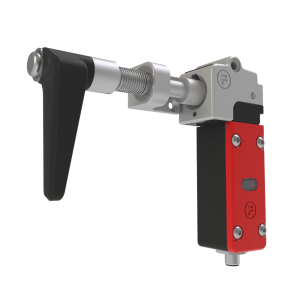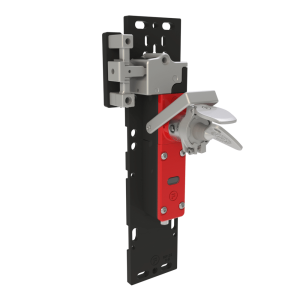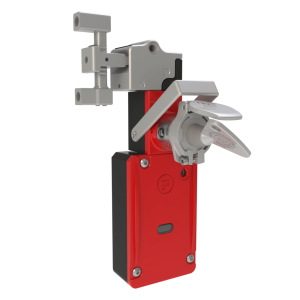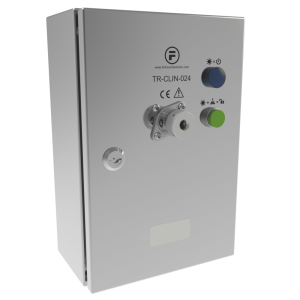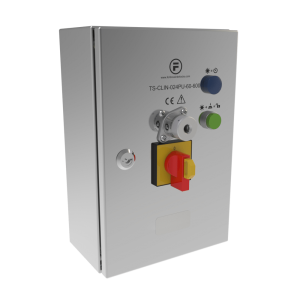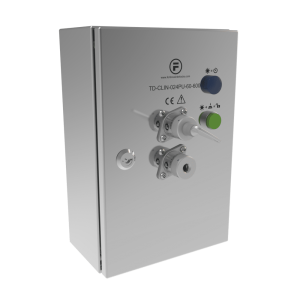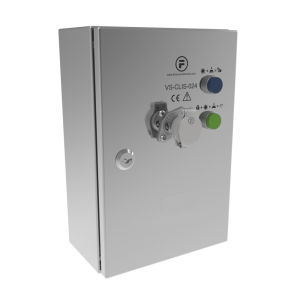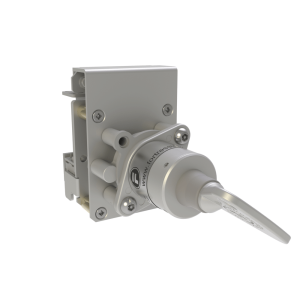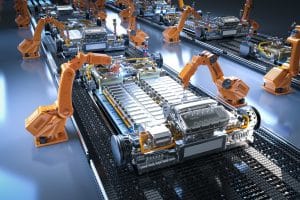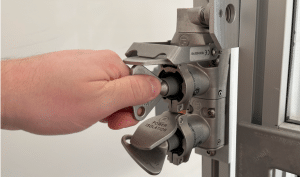Production de métaux
L'industrie de la production métallique implique diverses applications de machines et des conditions difficiles, depuis les transformations à haute température jusqu'aux laminoirs et aux équipements de traitement complexes. Les risques les plus courants sont l'exposition au métal en fusion, les machines lourdes et les environnements difficiles qui peuvent entraîner des problèmes de corrosion et d'intégrité structurelle. Il est essentiel de protéger le personnel de ces risques.
Sur Fortress, nous tirons parti de notre vaste expertise en matière de sécurité des machines et d'offres de produits pour concevoir des solutions de sécurité sur mesure, aidant les principaux fabricants de métaux à répondre à leurs exigences spécifiques et à protéger leur personnel avec des produits qui peuvent résister aux conditions exigeantes de l'industrie.
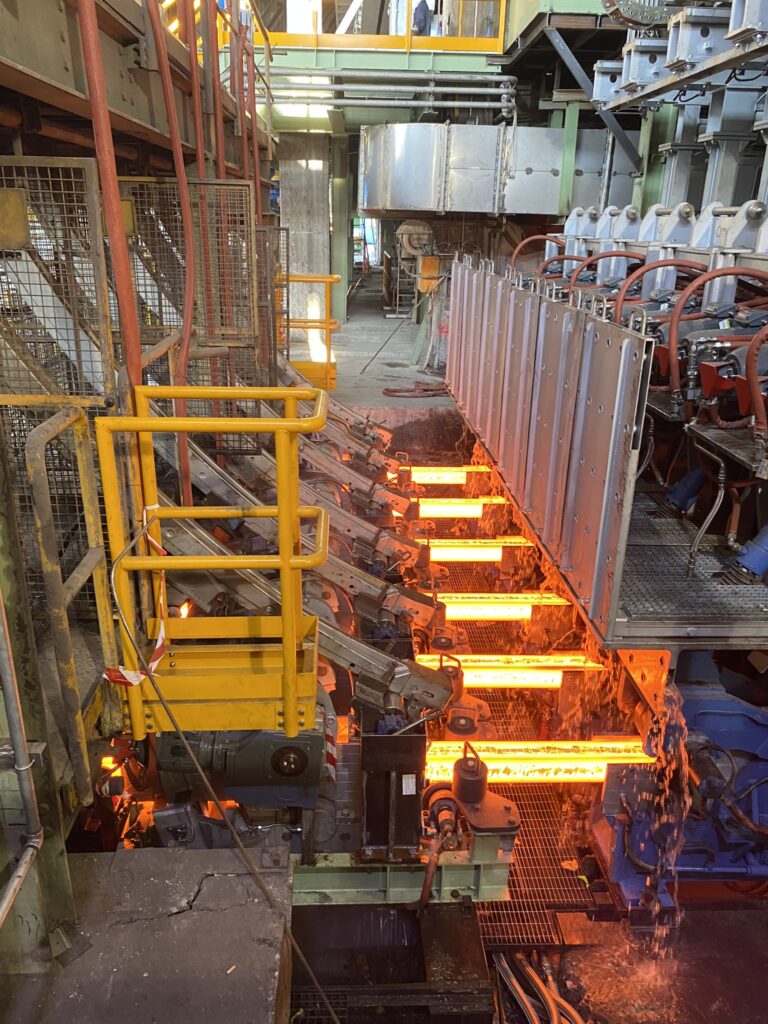
Couverture d'une grande zone
Faire respecter les séquences sur de grandes distances et dans des zones où le câblage n'est pas pratique et où la visibilité est limitée.
Solutions pour le métal et l'acier inoxydable
Idéal pour les environnements extrêmes où la résistance aux températures élevées et à la corrosion est requise.
en réseau Solutions
Communiquer les E/S standard et de sécurité via les réseaux industriels, gérer les autorisations d'accès et empêcher les accès non autorisés.
Produits entièrement configurables
Concevoir des solutions de sécurité sur mesure pour répondre aux exigences spécifiques de toute application.
Minimiser les temps d’arrêt et les remplacements
Des produits robustes conçus pour durer des décennies, même dans les applications les plus exigeantes et les environnements les plus difficiles.
Portée mondiale
Avec des bureaux dans le monde entier et un vaste réseau de partenaires de confiance, Fortress offre une assistance à l'échelle mondiale.
Couverture d'une grande zone
Faire respecter les séquences sur de grandes distances et dans des zones où le câblage n'est pas pratique et où la visibilité est limitée.
Solutions pour le métal et l'acier inoxydable
Idéal pour les environnements extrêmes où la résistance aux températures élevées et à la corrosion est requise.
en réseau Solutions
Communiquer les E/S standard et de sécurité via les réseaux industriels, gérer les autorisations d'accès et empêcher les accès non autorisés.
Produits entièrement configurables
Concevoir des solutions de sécurité sur mesure pour répondre aux exigences spécifiques de toute application.
Minimiser les temps d’arrêt et les remplacements
Des produits robustes conçus pour durer des décennies, même dans les applications les plus exigeantes et les environnements les plus difficiles.
Portée mondiale
Avec des bureaux dans le monde entier et un vaste réseau de partenaires de confiance, Fortress offre une assistance à l'échelle mondiale.
Commencez à élaborer votre solution personnalisée
Étude de cas -
Opex
Solutions de sécurité basées sur le protocole EtherCAT dans les pays en développement automatisation des entrepôts
Fortress a proposé des dispositifs pour l'accès aux allées et des capacités d'E/S de sécurité à distance grâce à des dispositifs capables de communiquer via EtherCAT. Trois types d'unités de la gamme amGardpro ont été fournis, permettant respectivement l'accès aux allées, l'accès latéral et les E/S à distance.
Produits utilisés
amGardpro
Le résultat
Sécurité ASRS sur mesure avec intégration EtherCAT - rapide à déployer, facile à utiliser et évolutif.


Qui est Duferco ?
Le groupe Duferco est un leader mondial dans les domaines de la production d'acier, de l'énergie, du transport maritime (
) et de l'innovation.
Étude de cas - Duferco
Solutions de sécurité pour le laminoir innovant de Duferco
L'industrie sidérurgique s'appuie fortement sur des transformations à haute température pour obtenir le produit final. Les composants sont sensibles à la corrosion, à l'usure et aux problèmes d'intégrité structurelle. En outre, l'environnement difficile présente des risques significatifs, ce qui rend difficile d'assurer la sécurité du personnel.
Produits utilisés
mGard, tGard
Partenaires impliqués
LAS Automation & Safety Solutions, Italie


Qui est Duferco ?
Le groupe Duferco est un leader mondial dans les domaines de la production d'acier, de l'énergie, du transport maritime et de l'innovation.
Étude de cas -Tata Steel
Vingt ans de protection des personnes à Tata Steel Llanwern
Depuis plus de vingt ans, Fortress Safety travaille en partenariat avec Tata Steel, l'un des principaux producteurs mondiaux d'acier et le plus important du Royaume-Uni, afin de garantir la sécurité du personnel. Sur le site de Llanwern, dans le sud du Pays de Galles, Tata Steel produit environ 600 000 tonnes de bandes métalliques laminées à froid et galvanisées pour les marchés britannique et européen, principalement utilisées dans la construction et l'automobile.
Produits utilisés
mGard, amGardpro, FRANK
Entreprise
Tata Steel

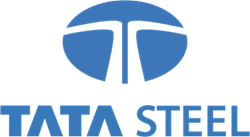
Qui est Tata Steel ?
Tata Steel est un grand fabricant mondial d'acier connu pour ses opérations intégrées, ses pratiques durables et sa forte présence dans les secteurs de l'automobile, de la construction et de l'infrastructure.
Étude de cas -Tata Steel
Prévention de l'accès non autorisé à Tata Steel Llanwern
Dans l'industrie manufacturière, il est essentiel pour la sécurité et la productivité de veiller à ce que seul le personnel autorisé exécute des tâches spécifiques. L'accès non autorisé peut exposer les travailleurs à des risques et perturber l'efficacité opérationnelle. S'appuyer uniquement sur des plans de formation peut ne pas empêcher le personnel non autorisé de pénétrer dans des espaces protégés ou d'actionner des commandes. L'application des règles d'authentification et d'autorisation du personnel peut contribuer à réduire les risques et les temps d’arrêt inutiles.
Produits utilisés
amGardpro, FRANK, PpoNet
Entreprise
Tata Steel
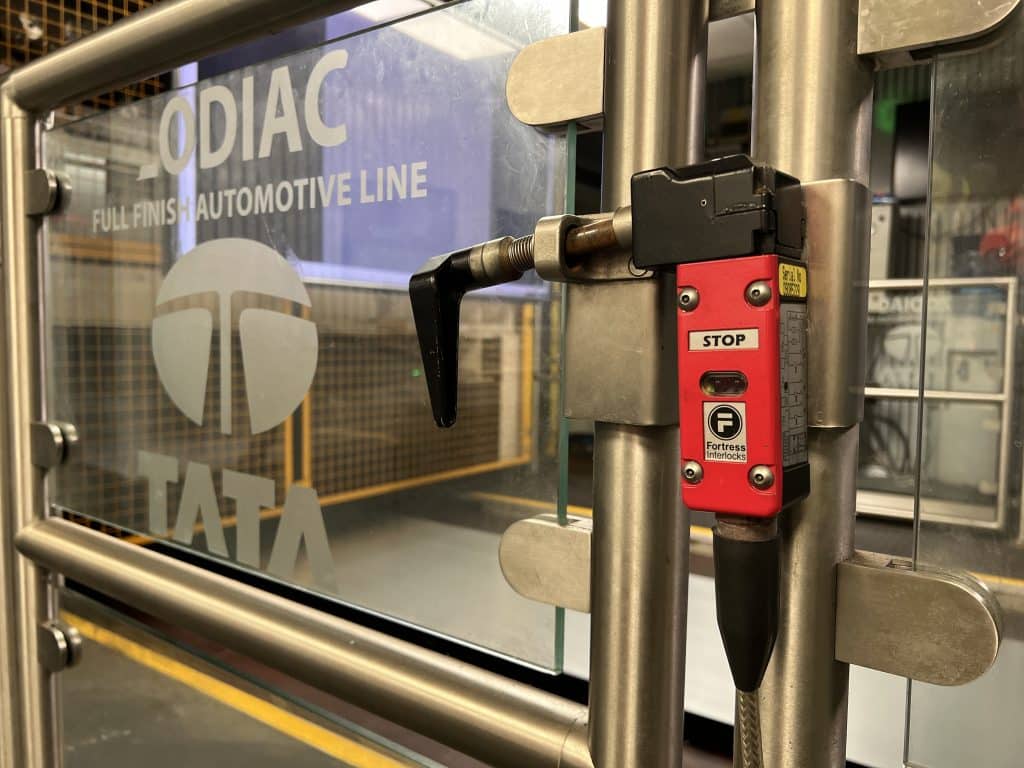

Qui est Tata Steel ?
Tata Steel est un grand fabricant mondial d'acier connu pour ses opérations intégrées, ses pratiques durables et sa forte présence dans les secteurs de l'automobile, de la construction et de l'infrastructure.
Gamme de produits recommandés
amGardpro
Les commandes à bouton-poussoir, les options de clé piégée et la connectivité réseau peuvent être combinées en une seule unité.
Hautement configurable
Réduire les remplacements et temps d’arrêt
Tous les contrôles en un seul endroit
Connectivité du réseau
Gamme de produits recommandés
mGard
Verrouillages mécaniques à clé bloquée conçus pour imposer des séquences de clés spécifiques, en particulier dans les applications impliquant des sources d'énergie multiples. Rentables, faciles à installer et à entretenir, elles sont idéales pour les zones difficiles d'accès avec des câbles.
Appliquer les séquences
Maîtriser les énergies dangereuses
Minimiser les machines temps d’arrêt
Pas de câblage nécessaire
Actualités et perspectives
- Événement
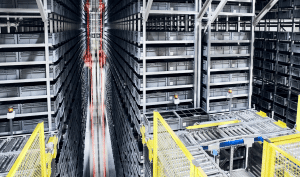
Vous ne savez pas par où commencer ? Nous sommes là pour vous aider
Notre équipe d'experts est là pour vous aider à créer la bonne solution pour vous. Ils peuvent analyser votre secteur d'activité et vos besoins spécifiques en matière d'application afin de vous proposer des recommandations sur la manière dont les produits Fortress pourraient bénéficier à votre installation.
